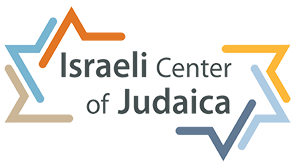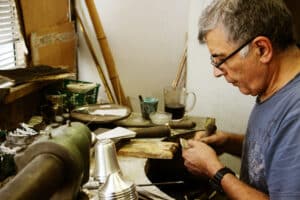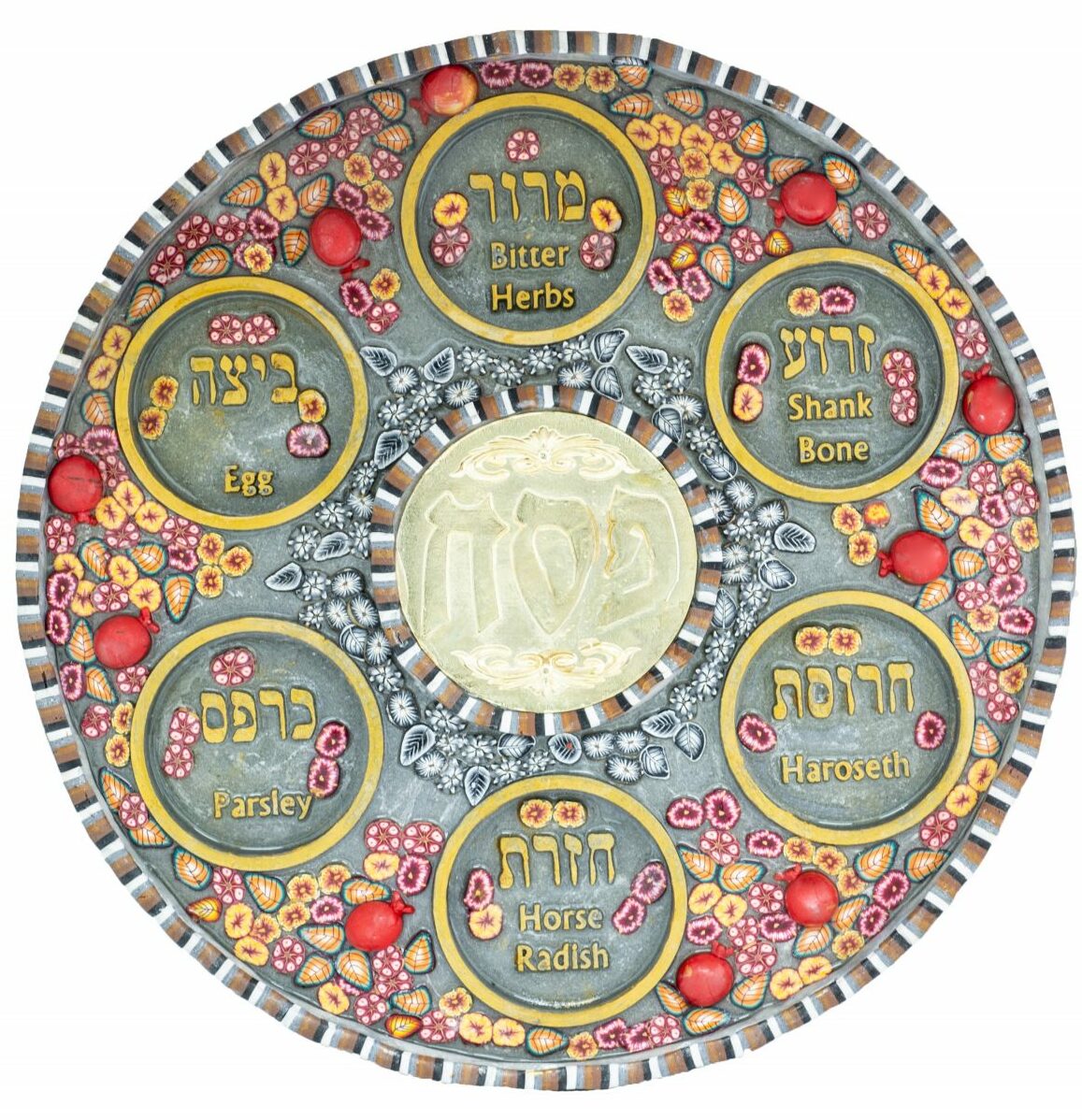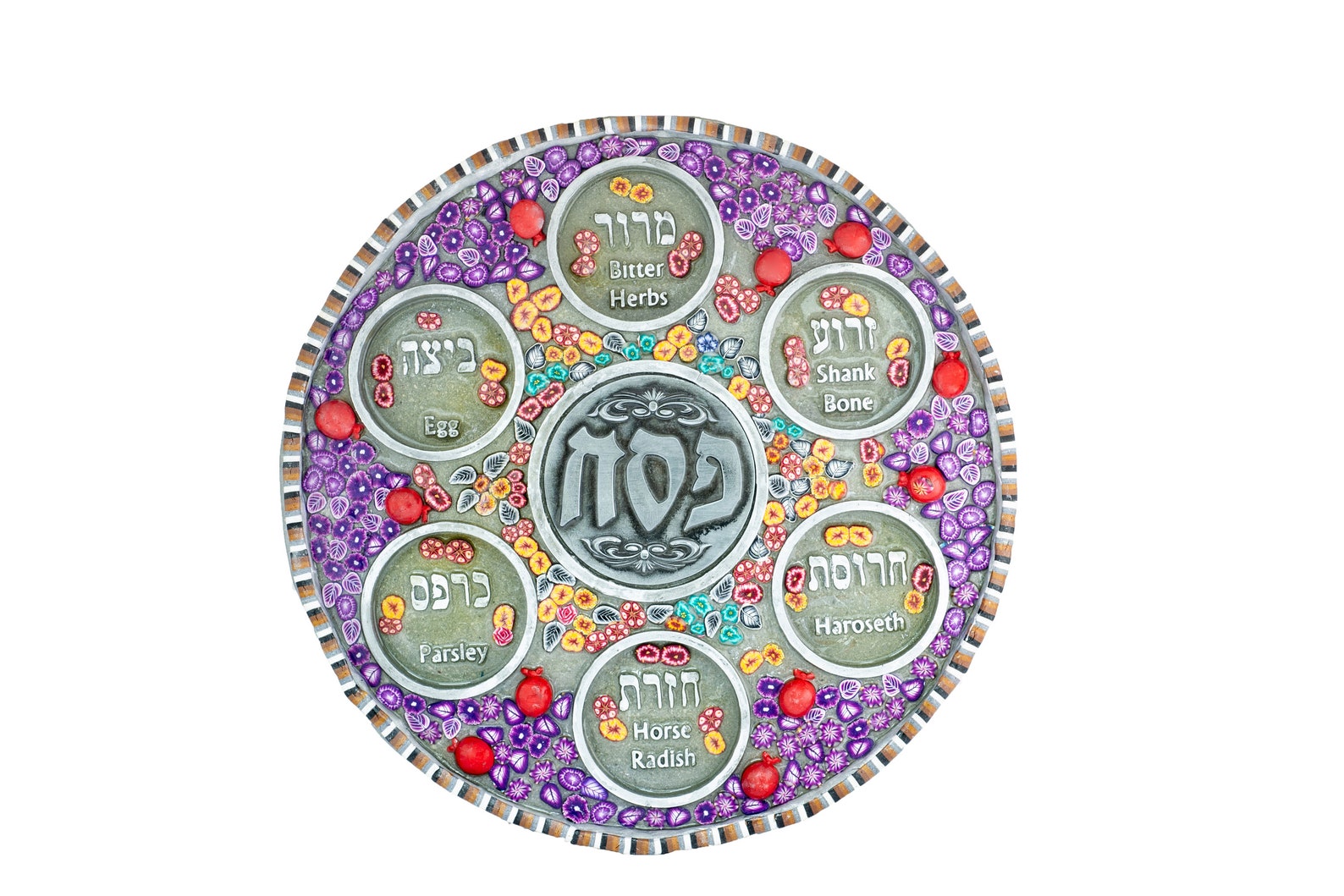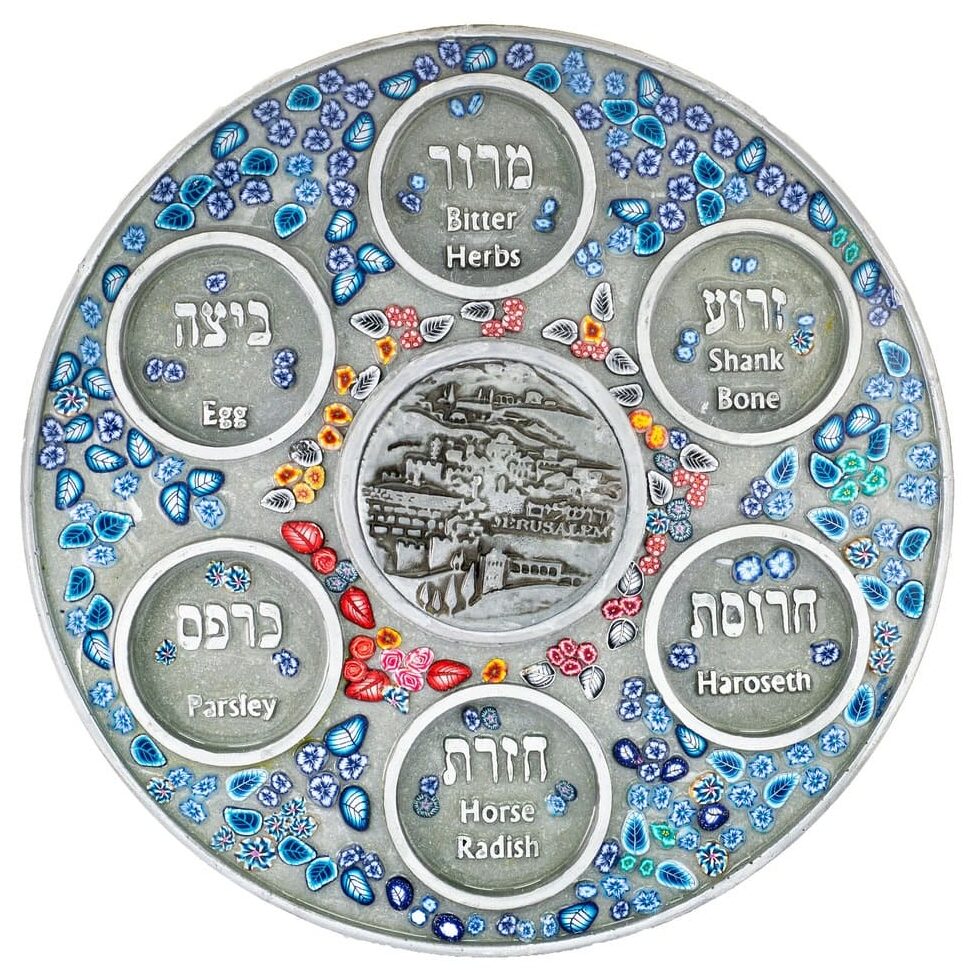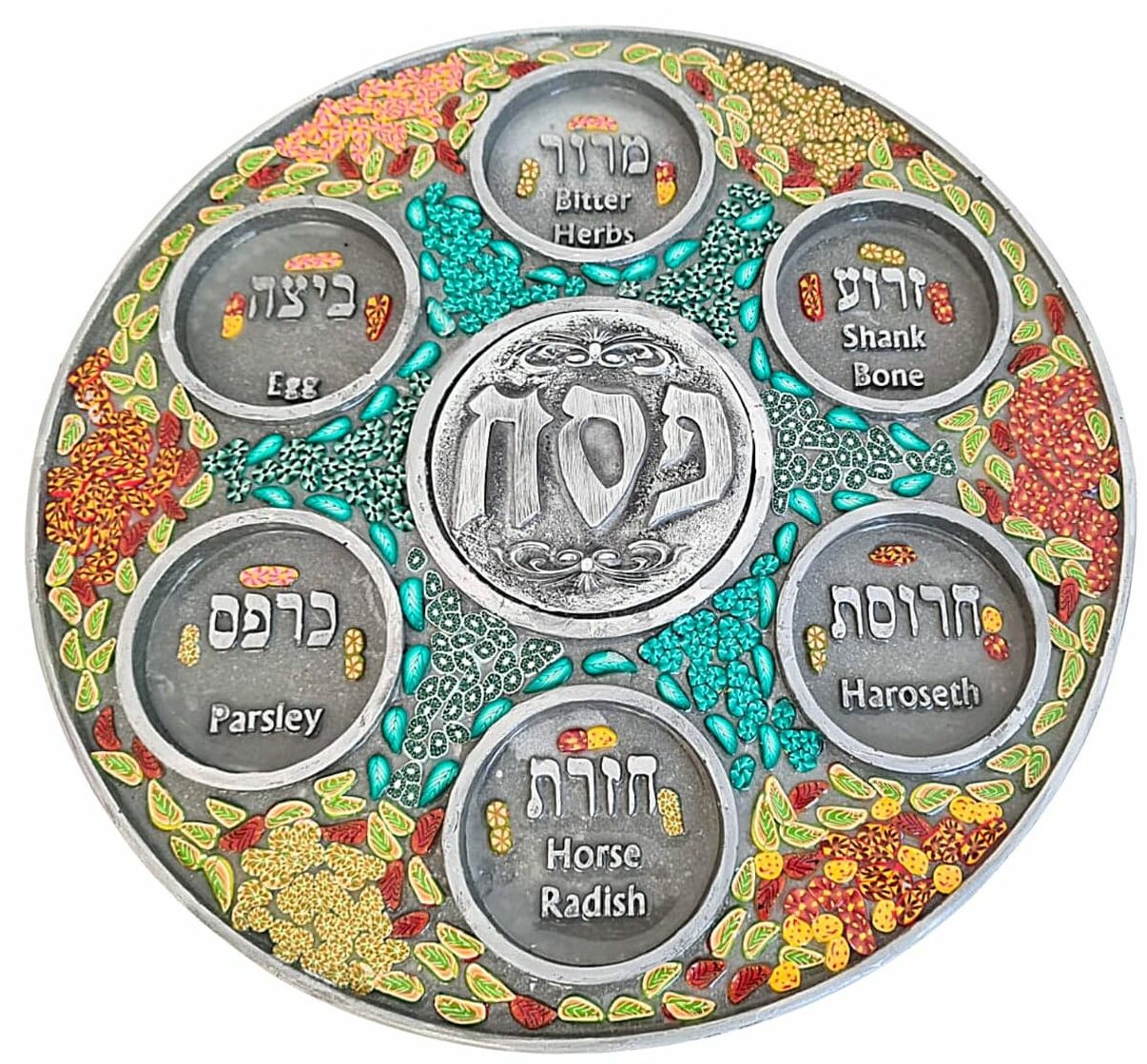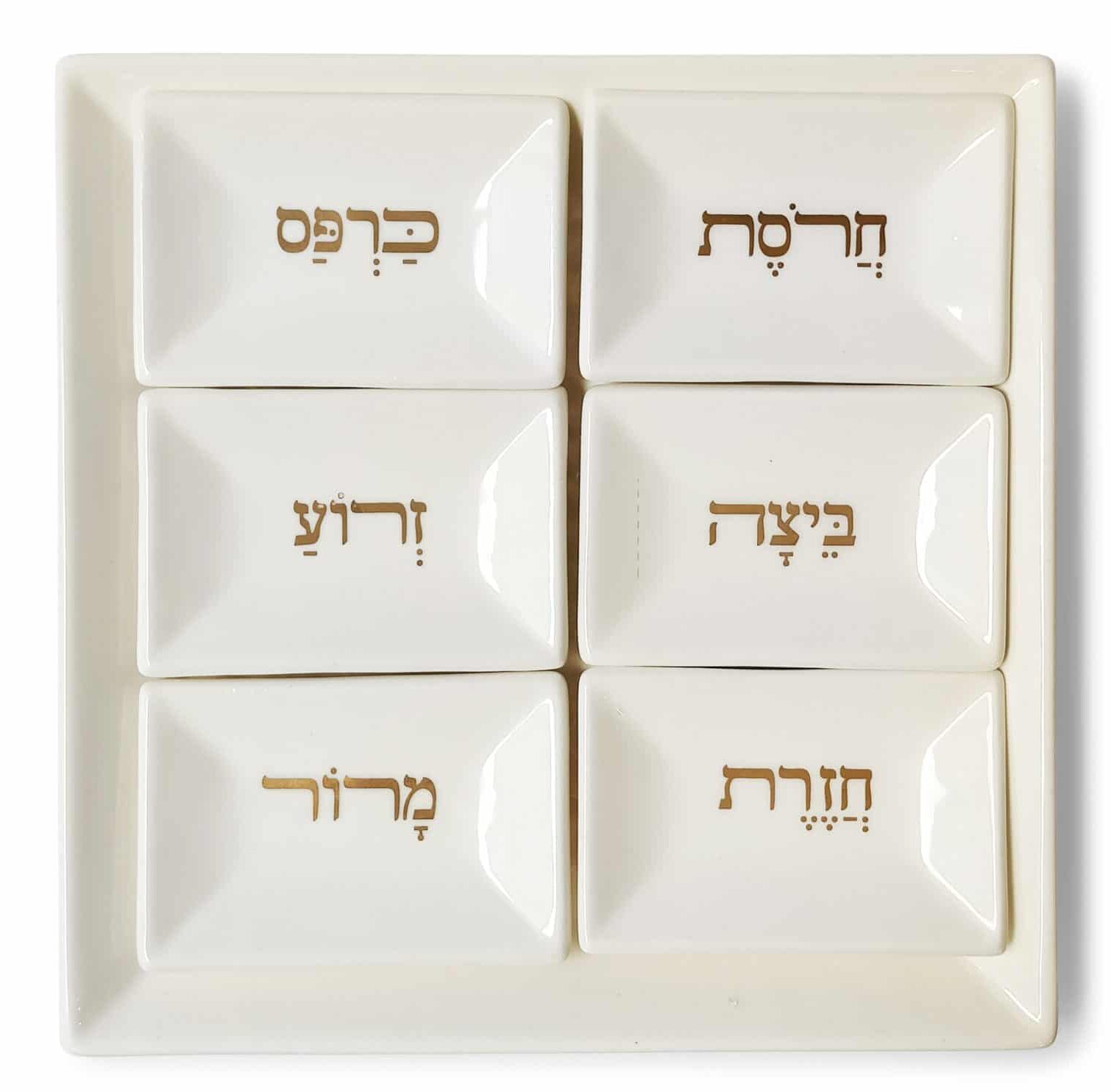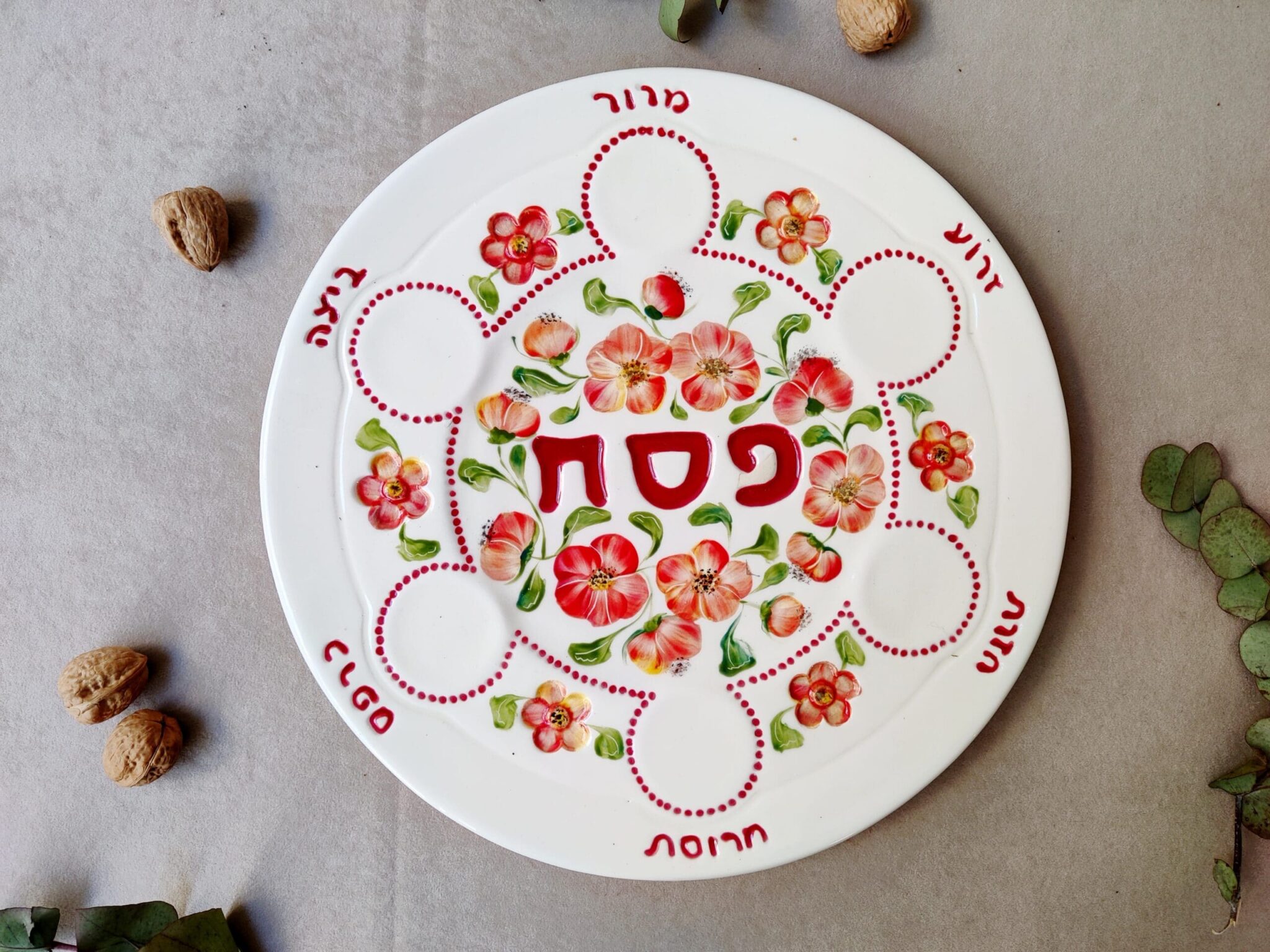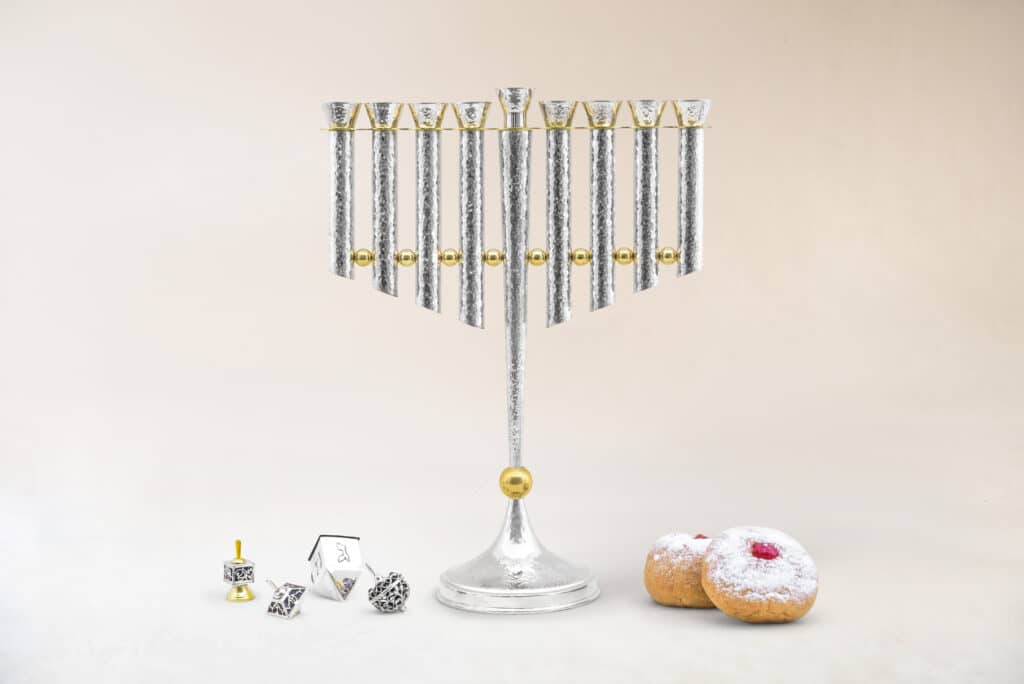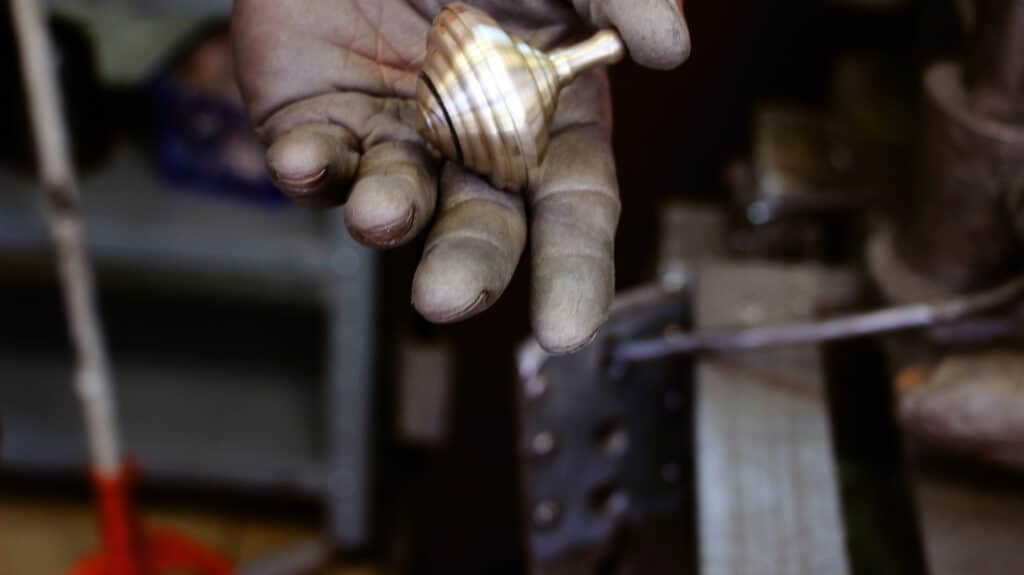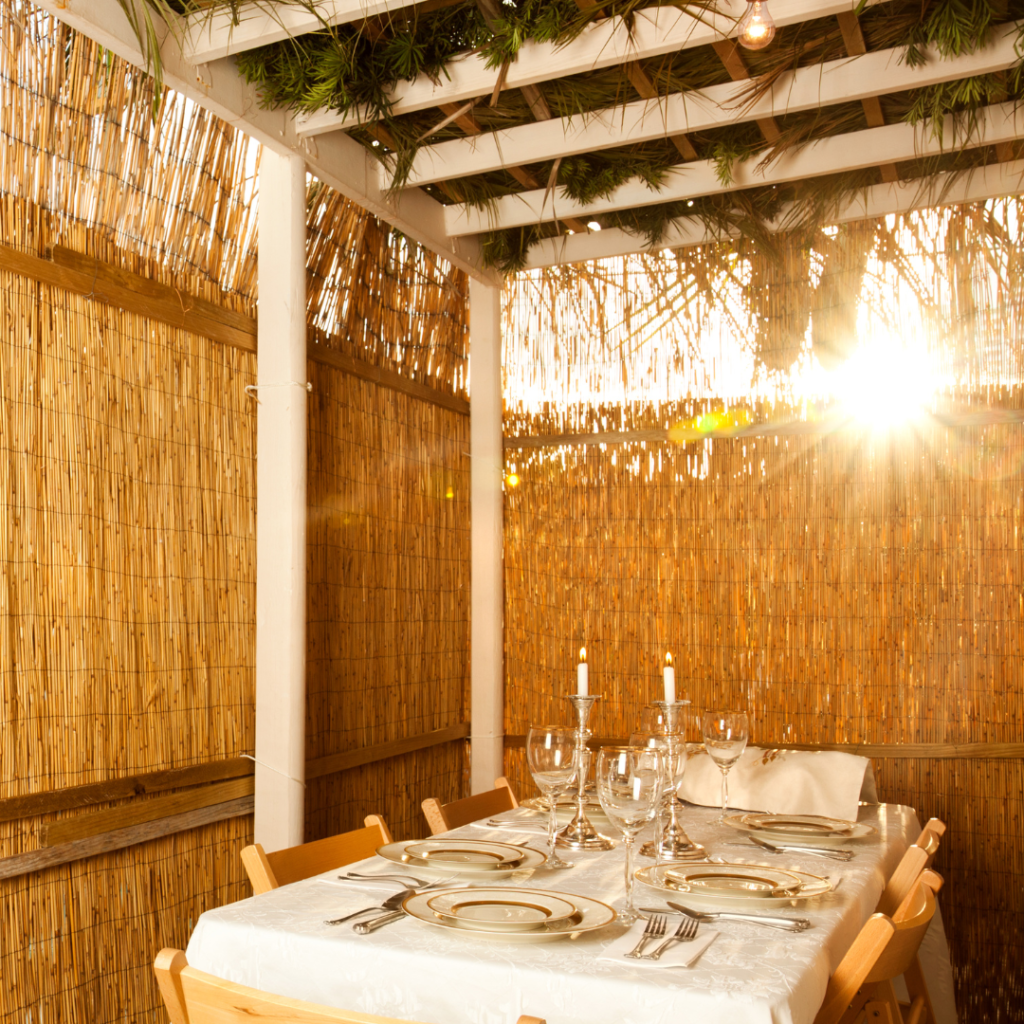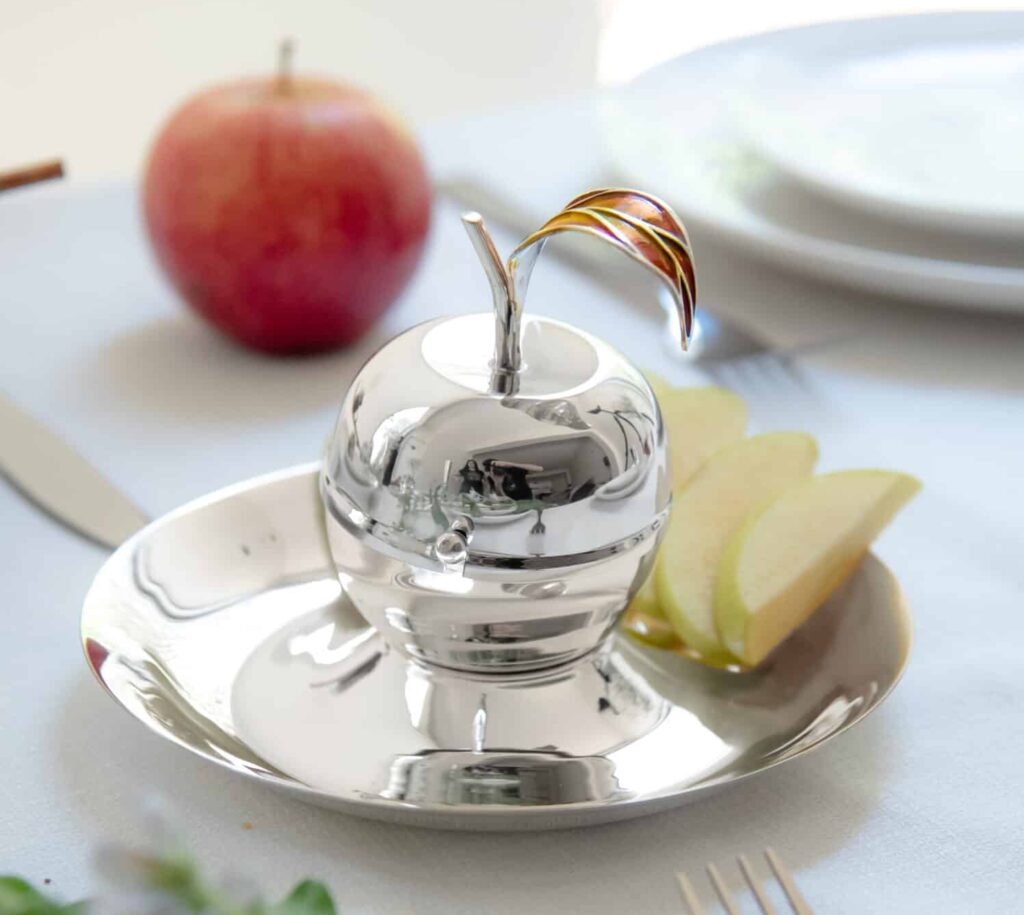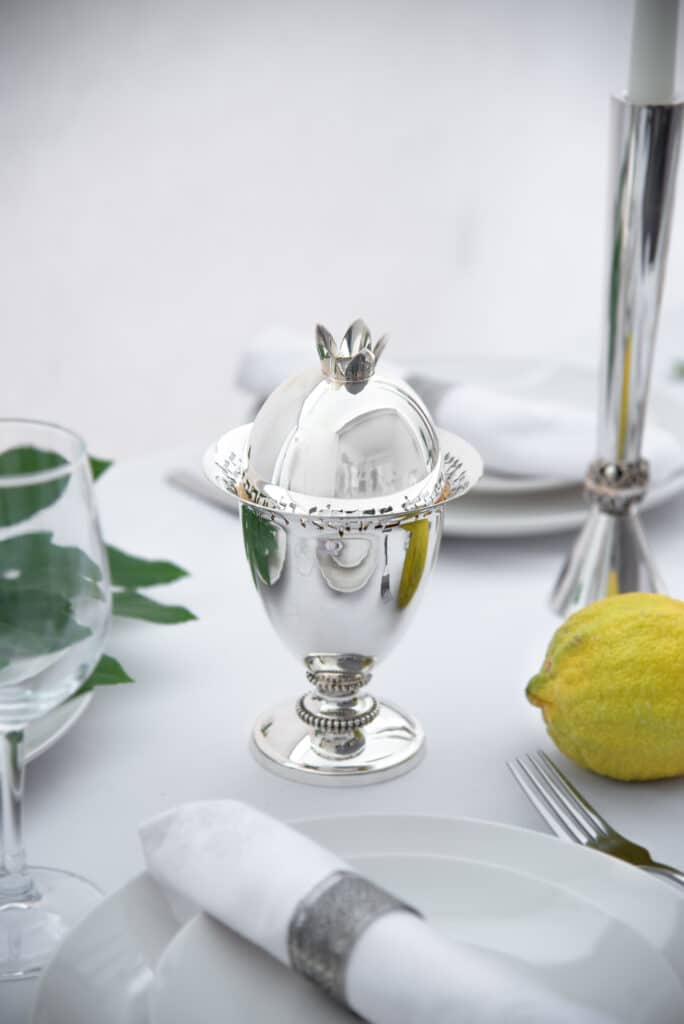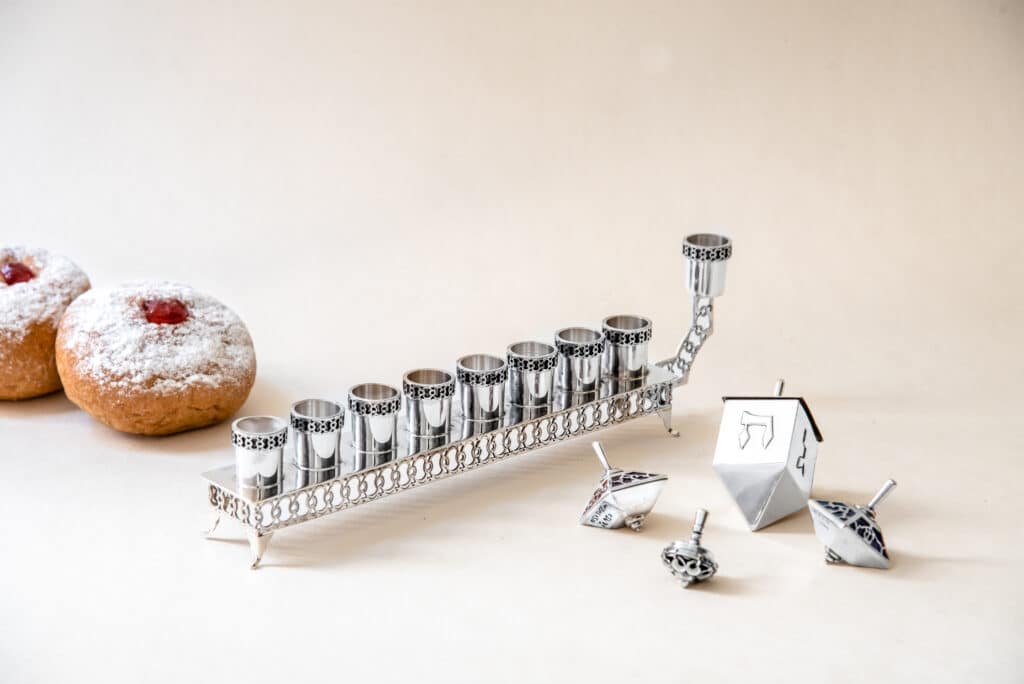For Jews, key holidays fall throughout the early months of the year. Passover is one of these occasions.
During this holiday, there’s a rite known as the seder, which connotes an experience to perceive, feel, and taste freedom.
A significant custom during Passover is serving the appropriate traditional Passover dinner. That’s where seder plates come in. These objects visually remind participants of Passover history.
Are you curious about what a seder plate means, what it comprises, and how it is used?
Well, you’re in the right place. This article will guide you through everything you need about seder places. Shall we?
To hear the entire article for your convenience, click the play button.
What Is The Seder Plate?

The primary feature of the first two Passover nights is the Seder plate. The seder portrays the Exodus account through the senses of sight, taste, and touch. It displays the ceremonial foods the seder is built upon, whether a simple napkin or an elaborate silver seder plate.
This plate, otherwise known as the k’arah, is the focal point of the seder table. It contains several of the components of this sensory experience. The classic seder plate has five or six items, each representing a portion of the Passover narrative.
What Are the 6 Items on a Seder Plate?
Foods consumed during the Passover seder are served on the Passover seder plate. What goes on a seder plate is a reminder of the Exodus narrative and aids seder attendees in retelling the history each year. Below are some of the seder plate items:
1. Karpas
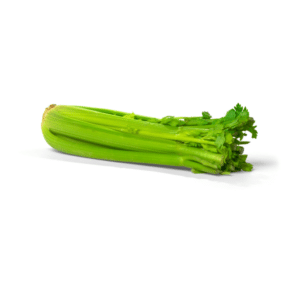
Karpas represents the Israelites’ early prosperity during their first few years in Egypt. Joseph relocates his family to Egypt at the end of the book of Genesis, where he succeeds Pharaoh as the chief advisor. The family is protected over many generations and grows significantly, eventually becoming a solid country thanks to Joseph’s inherent superiority. The new Pharaoh made the Israelites into enslaved people out of fear that they would declare war on Egypt due to the size of this expanding population.
The Israelites carried on having children while living as enslaved people, and Pharaoh eventually ordered the execution of all infant boys. Ashkenazi custom requires the partakers to dip the karpas at the seder in salt water to taste both the hope of a new creation and the tears the enslaved Israelites wept over their situation. Sephardi tradition, on the other hand, uses vinegar instead of salt water.
Karpas also represent the coming of spring. Passover is sometimes referred to as Hag Ha-Aviv, the “festival of spring,” among other titles. The first buds start to appear right before Passover, and we eagerly await the heat and feeling of potential that come with the start of spring. Since green vegetables were not easily obtainable in Eastern Europe, some Ashkenazi Jews substituted a potato for the traditional karpas.
2. Haroset

The fruits listed in Song of Songs, the biblical book most replete with ideas of love and sexuality, such as dates and figs, are utilized in Sephardic recipes for haroset as a nod to this fertility connotation.
3. Maror
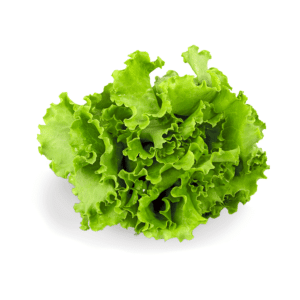
4. Hazeret
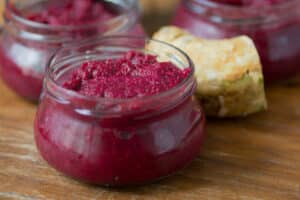
5. Beitzah
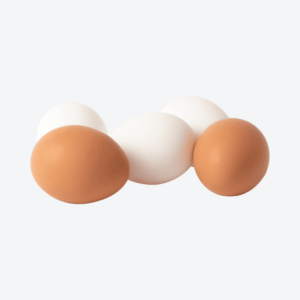
6. Zeroa

While not actively involved in the seder, the Zeroa serves as a visual reminder of the sacrifice that Jews continued to make up until the destruction of the Temple and that the Israelites made just before leaving Egypt. Due to the beet’s crimson color’s resemblance to the blood of the sacrifice, vegetarians frequently replace a roasted beet. This also came from the Talmud’s reference to beets as one of the vegetables occasionally dipped during the seder.
7. Matzah

What Order Is the Seder Plate Put In?
The centerpiece of the Passover seder is the seder plate. It contains the six sacred, significant delicacies for the evening and is placed at the head or center of the table where everyone can view it.
The placement of the items on the seder plate is subject to a few customs. The Maror is typically positioned in the center of the plate. The Hazeret is at six o’clock, accompanied by the karpas at seven, the Beitzah at eleven, the Zeroa at one, and the haroset at five in a clockwise direction.
Other Items on the Seder Table
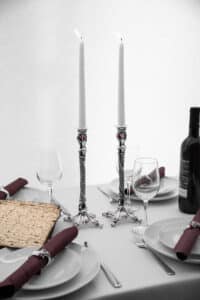
The seder table should also feature a jug of salt water or vinegar for dipping the karpas. There should be three pieces of Matzah coated or draped in cloth and the things on the seder plate. Some seder plates feature space for saltwater in addition to the other symbols or have a chamber underneath for Matzah. However, Matzah, salt water, or vinegar are typically placed close to but not directly on the seder plate.
Many modern Jews enlarge the seder plate with additional objects to represent contemporary liberation battles. A modern seder plate containing an orange, which celebrates the importance of women and/or queer people in Jewish life, is the most specific new item. The orange represents the fruitfulness that these hitherto underrepresented communities provide to Jewish life. To express hope for future Israeli-Palestinian peace, some Jews place an olive on the seder plate.
One technique to promote involvement at the seder is to request that each visitor bring an object that, to them, symbolizes liberty. Participants may bring mementos from their families’ immigrant history, news articles about current liberation movements, or other meaningful items. Each visitor should put this object close to the seder plate and discuss its importance at the right moment during the seder.
To view our entire collection of Aluminum Seder Plates
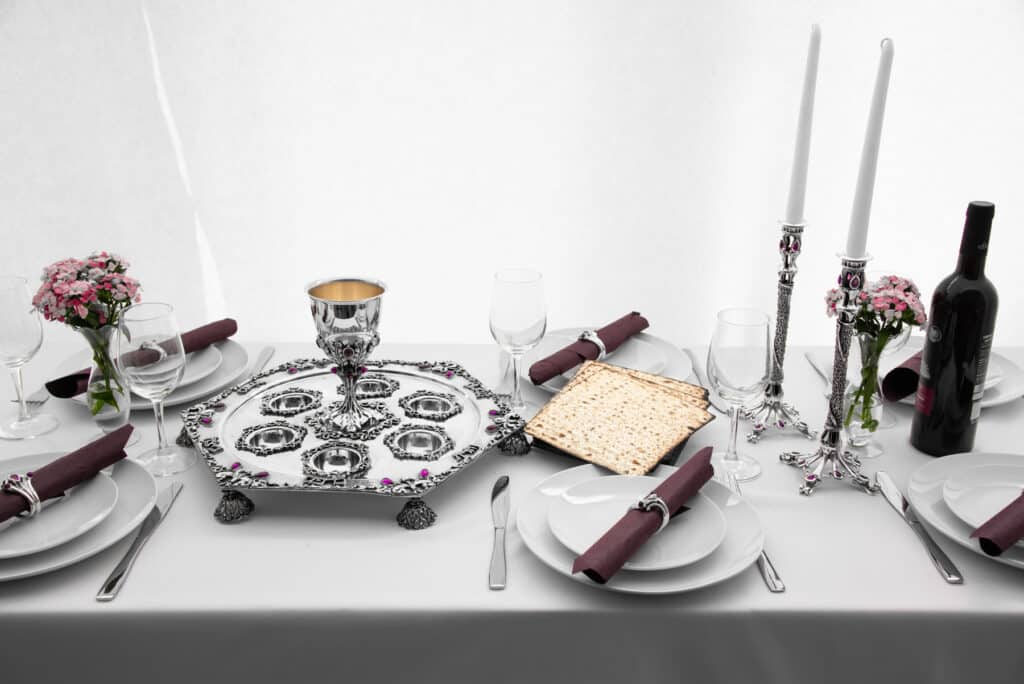
Other Important Information About the Seder Plate
The seder is held at home even though many Jewish festivals are observed at synagogues. It is customary to invite visitors, especially strangers and less affluent ones. Given that Passover is one of the most popular Jewish festivals, it is usual to decorate the table with a fancy tablecloth and cloth napkins.
Four cups of wine are required to be consumed during the Seder dinner, per the Torah. Due to the scarcity of green vegetables in Eastern Europe, some Ashkenazi Jews, during the Seder celebration, replaced Karpas with potatoes.
What does the Passover Elijah’s Cup mean?
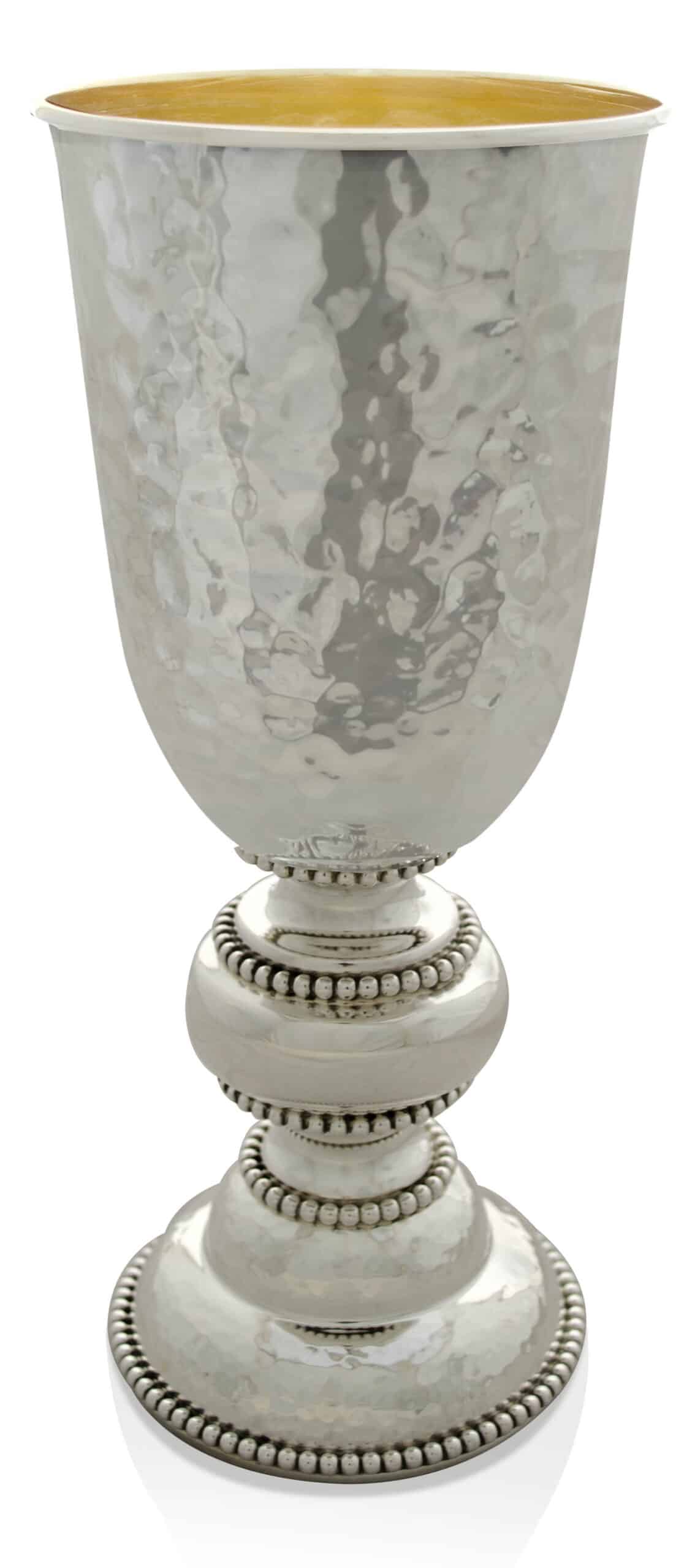
To see our entire collection Passover gifts
What is chazeret on the seder plate?
This is an additional type of bitter herb. You can use ground horseradish or Romaine lettuce when making the Hillel sandwich, combining matzo with a bitter herb. Horseradish is a popular ingredient for Maror, and lettuce is popular for chazeret.
To view our entire collection of sterling silver seder plates
Conclusion
Seder has been a significant rite in one of the major holidays in the Jewish culture, Passover. This practice is accompanied by significance, history, and identity. I hope this article enlightened you and made you look forward to your next Passover.
